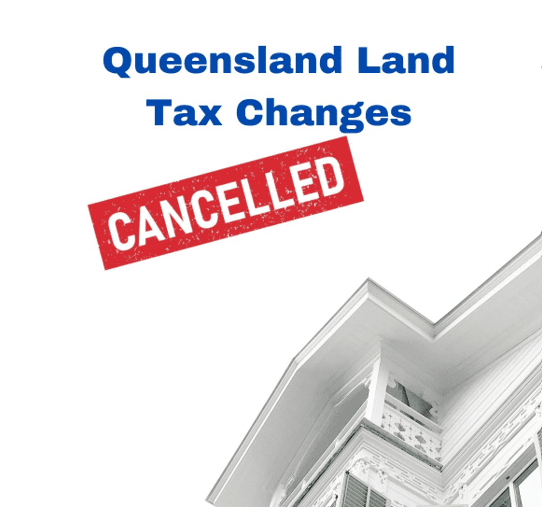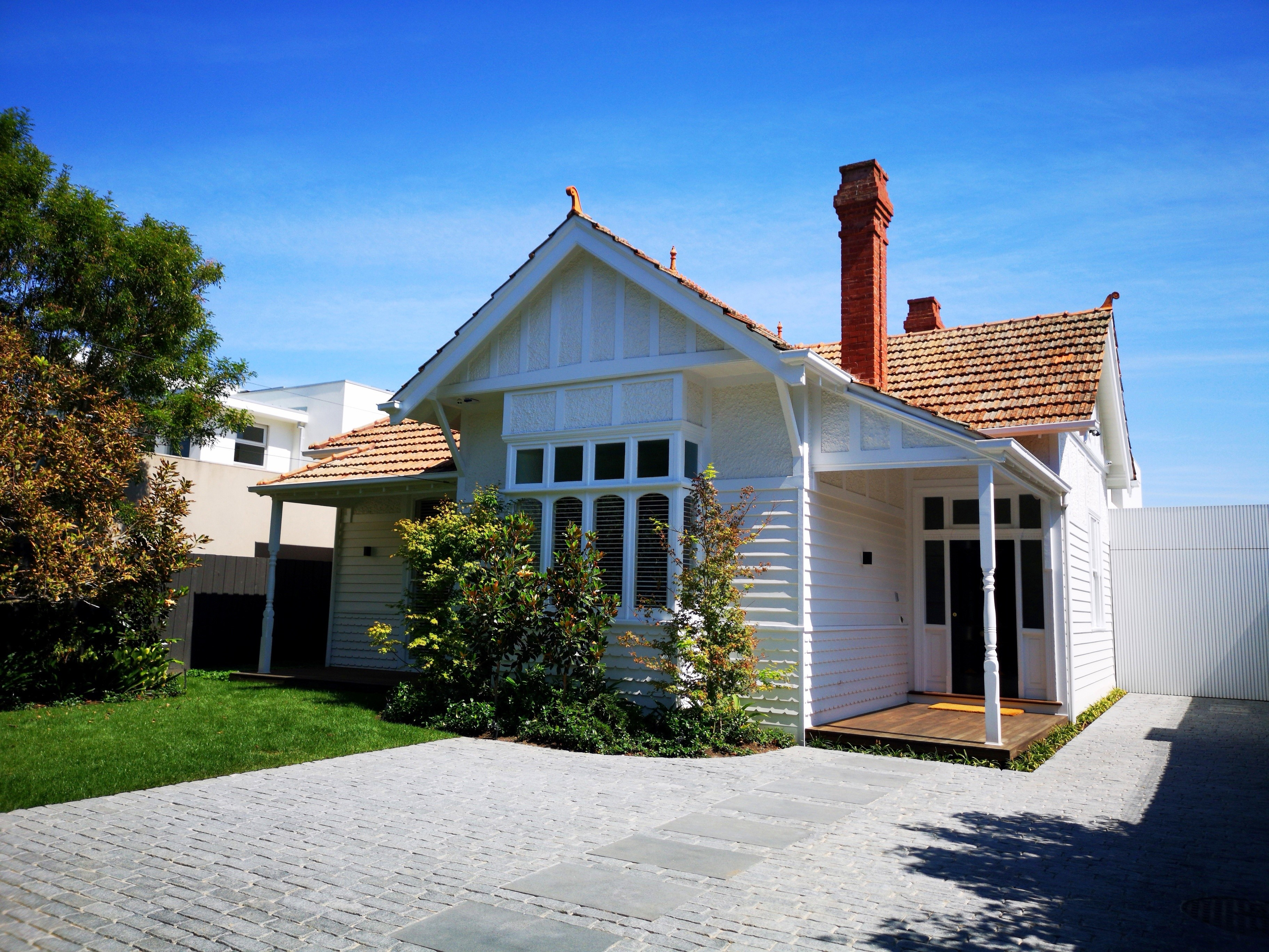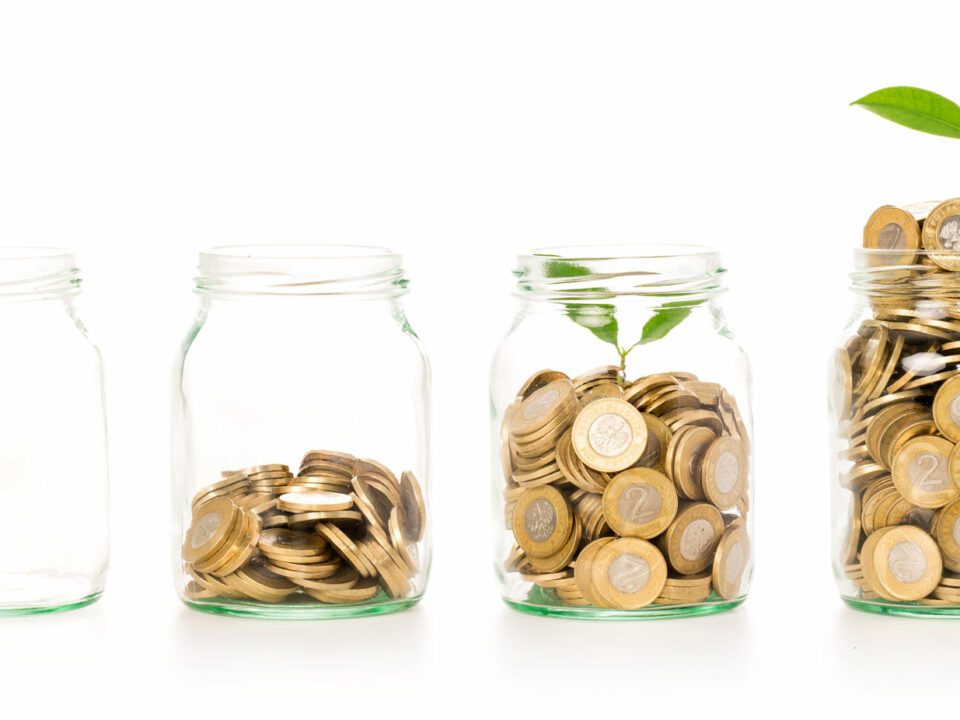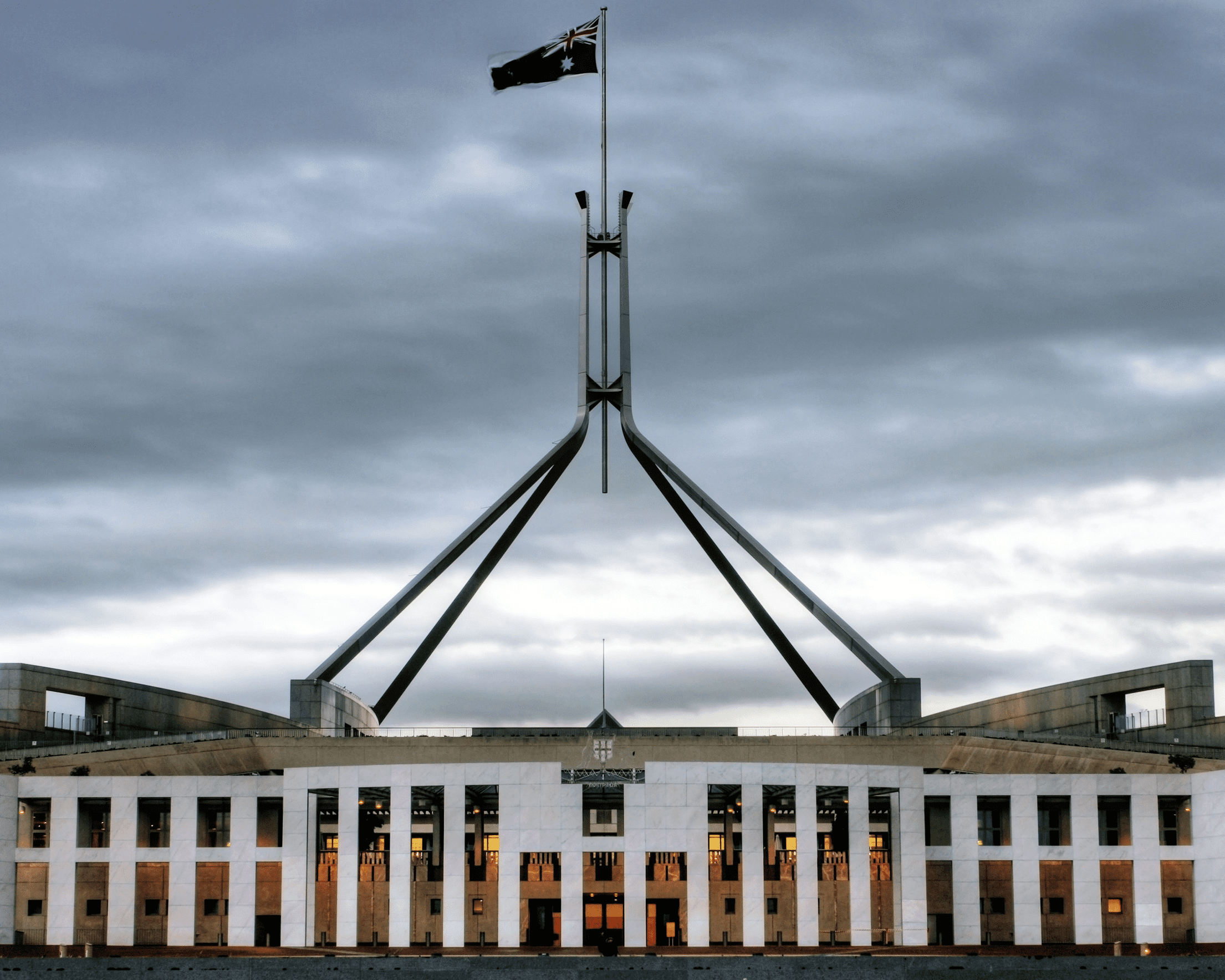RBA December 2022 Meeting

Queensland government cancel land tax changes
December 1, 2022
How to purchase a property as an Australian expat in 2023
January 3, 2023RBA December 2022 meeting
At its December meeting today, the RBA Board decided to raise the cash rate target by 25 basis points, to 3.10 percent. The interest rate on Exchange Settlement balances was also raised by 25 basis points, to 3%.
The Board’s top goal is to get inflation back to between 2% and 3% over time while keeping the economy stable. The path to this balance is narrow and full of ups and downs, not least because of what’s going on in the rest of the world. Higher inflation and tighter money policies in most countries have made it less likely that the world economy will grow. The rate of inflation in the US has been going down, and it looks like it peaked in June of this year. This is good news for central banks.
RBA on the Australian economy
Australia has the highest inflation rate since the early 1990s. In the year before October, the main measure of inflation was 6.9%. A lot of the rise in inflation can be traced to things happening outside of Australia, but there are also things happening in Australia that are having an effect. Prices are going up because there is a lot of demand, the job market is tight, and some parts of the economy can’t make as much as they could.
The rate of inflation is expected to reach its highest point later this year and then go back down to the 2–3% range. We expect inflation to slow down because global supply-side problems are being fixed, commodity prices are becoming more stable, and interest rates are going up. Expectations for inflation over the next few years are still reasonable, and it’s important that this stays true. The RBA’s main prediction as of December 2022 is that CPI inflation will be around 8% by the end of 2022, just over 4% in 2023, and around 3% in 2024.
This year, the Australian economy is expected to keep growing quickly, but the rate of growth is expected to slow down after that. The number of jobs is growing quickly, consumer spending has been stable, and business investment is going up. The trade balance is at an all-time high, which is also good for the national income. The RBA’s main prediction is that the GDP will grow by 3.4% by 2022 and by 1.5% in each of the two years after that.
Australian job market
Still, there are fewer jobs than there have been in a long time. In June, the unemployment rate fell even more, to 3.4%, which is the lowest it has been in almost 50 years. Both the number of open jobs and the number of job ads are at very high levels, and wage growth is expected to continue. As the economy grows slower, unemployment is likely to go up even more. The RBA’s main prediction is that the unemployment rate will be around 4% by the end of 2024. As companies compete for workers in a tight job market, our liaison programme and business surveys continue to show that wage growth will pick up from the low rates of the past few years.
The RBA board knows that the effects of the interest rate hikes that started in May on the Australian economy and households are still being felt. This will take some time, and when we get the inflation numbers for November and December and at the end of January, we should have a better idea of the supply side of inflation. The board won’t meet in January, so these reports will be very important for their first meeting of 2023, which will be in February.
RBA December 2022 decision
The rise in interest rates today, by the RBA at the December 2022 meeting is another step towards normalising Australia’s monetary policy. The board expects a increase in interest rates in the period ahead, is not pre-set and will be determined by current data at hand. Including household, global and wage data.





